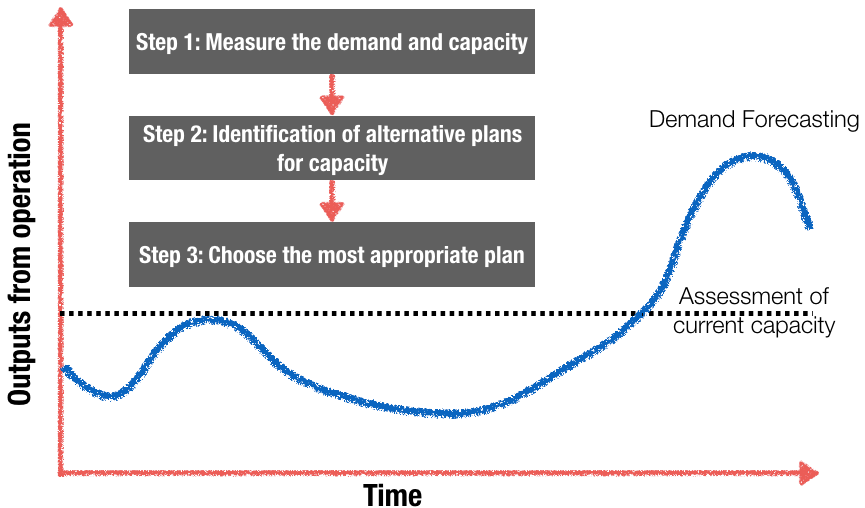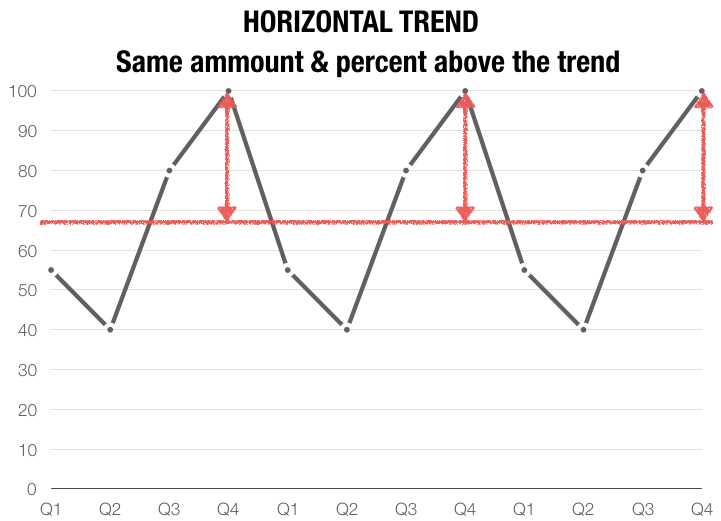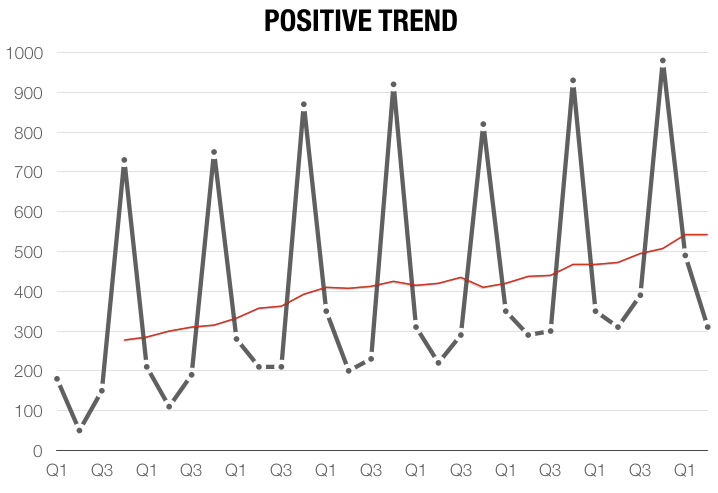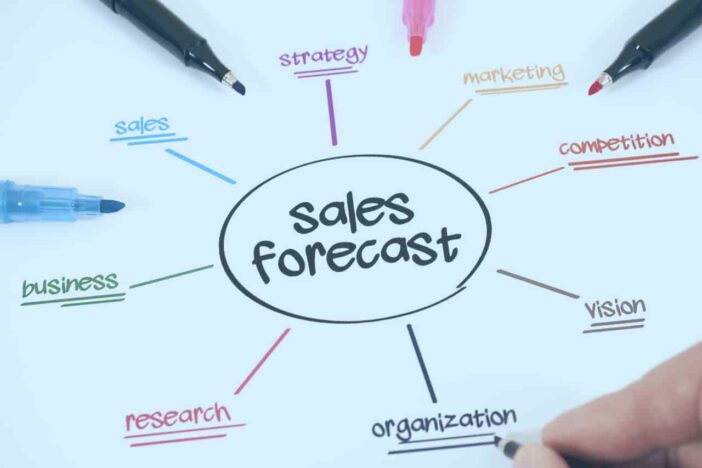The most important business forecasting is demand forecasting. If you, as an entrepreneur, know how much will be the demand for your products and services, it will be easier for you to forecast sales and costs that your business will make. After successful demand forecasting, it will be much easier to forecast everything else for your small business.
In the previous post, I wrote about some open questions related to business forecasting. This post is the second part of a series of posts related to business forecasting.
When it comes to forecasting, you simply want to find the following:
- future behavior of variables (income, profit, sales per employee, region),
- behavioral pattern and
- prove that these behaviors will be relevant in the future.
The Difference Between Demand and Sales
Before we continue with demand forecasting, it is important to differentiate two important terms: demand and sales.
Sales simply present how many products and services in units or in currency are actually sold from your business. The sales forecast answers the following question: How many products and services we will sell in the forecasted period?
If you make the right demand forecasting, you can use the supply and demand matrix to measure your business’s potential energy.
Demand, on the other side, determines the requirement for the products and services from the market. Demand forecast answers the question: How much will be the requirement in the next period for specific products and services that will be offered on the market?
This is important because we can have two extreme situations:
1. Demand can’t be satisfied.
This means that your business capacity and the business capacity of your competitors cannot satisfy the current or future demand of the market for certain products and services.
2. The sales will be less than the demand.
If the sales are less than the demand, then it is a clear signal that competitors satisfy the current or future market demand. Another thing is that your capacity is bigger than real market needs.
As you can see, your capacity to produce enough products and services will impact how your company will position itself related to the market demand. So, you will need to:
- Measure the demand and your capacity,
- Identify alternative plans for capacity and
- Choose the most appropriate plan.

Main Characteristics of the Demand Forecasting
I will cover some of the most important characteristics of demand that must be included in your demand forecasting. In the graphic below are some of the characteristics that I will describe below.

1. Demand Has Its Pattern
You can see the pattern of your demand if you plot the quantity of demand from historical data on a time scale, as shown on the graphic. In that graph, you can see a pattern that shows in some months increasing demand and in other months decreasing demand. Actual demand varies from one period to another. These variations appear because of the following:
- Trend. You can see from the plot that every fifth month, there is increasing demand. The trend of demand can be a horizontal, positive, or negative trend.


- Cycle. This is another characteristic that shows some pattern in demand over a period. The cycle is a repetition of trends in certain periods (for example, first-quarter growth, second-quarter decline, third-quarter growth, fourth-quarter decline)
- Seasonality. Demand depends on fluctuations that can result from the holiday season or other events that occur on a seasonal level.
If you can predict the pattern of demand, it is easier to make demand forecasting for some future period.
2. Stable and Dynamic Demand
Another characteristic of demand is that it can be stable and dynamic demand.
As shown in the plot, we can have a demanded shape that retains the same for a longer period, and it is called stable demand. This is a situation where there are no changes in demand over time.
When demand patterns for some products or services are changed over time, then we have dynamic demand. This demand is when the shape is changed over time on the plot.
If the demand is stable, then forecasting is much easier for you. If the demand for products and services is dynamic, then there will be much more work to do as an entrepreneur to predict and make the right demand forecasting.
3. Dependent and Independent Demand
Another important characteristic of demand that is important about your business forecasting is that the demand can be dependent and independent demand.
We can say that the demand for a product or service is dependent when it is related to the demand for any other product or service or any other factor that can have a direct influence on demand. For example, the demand for bricks will be higher if there are more activities in construction buildings. Also, car tires will have higher demand if there is higher driving of the cars.
Contrary, independent demand is a demand that is not related to any other product and service or another direct influence factor.
It is probable that demand will always be dependent because it will always be linked to other impact factors.
You can read the third part of this series at The Five Principles of Entrepreneurial Forecasting.



